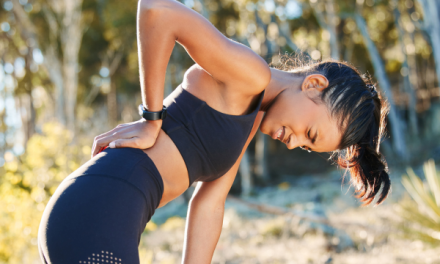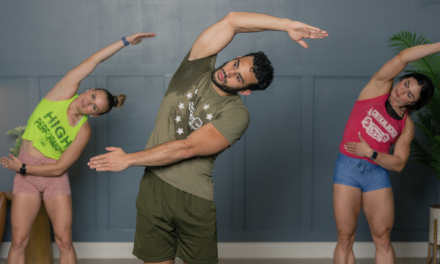In a world brimming with stress and relentless activity, yoga emerges not just as a physical regimen but as a profound science of breath and wellbeing.
This ancient practice, with its roots buried deep in the sands of time, offers a sanctuary for those seeking solace in the chaos of daily life.
Modern science has begun to uncover what yogis have known for centuries: the transformative power of yoga on our breathing and, by extension, our overall health.
This blog post explores the science behind yoga and improved breathing, shedding light on how this age-old practice benefits our lungs, heart, mind, and soul.
Enhanced Lung Capacity
Yoga’s diverse array of pranayama (breath control) practices play a crucial role in improving lung capacity.
Studies show that regular engagement in deep breathing exercises can significantly increase the volume of air the lungs can hold. [1]
Enhanced lung capacity is not just about taking deeper breaths; it’s about enriching the body with oxygen, the essential fuel for our cells, thereby boosting stamina and vitality.
Practical Tips
Incorporate pranayama such as Kapalabhati (Skull Shining Breath) and Bhastrika (Bellows Breath) into your daily routine to strengthen your respiratory muscles and increase lung capacity.
How to Do Bhastrika Pranayama:
- Secure a Steady Seat: Ensure you’re seated comfortably with an upright spine.
- Initiate Deep Breathing: Take full breaths in and out through your nose, engaging your diaphragm for breath control, avoiding use of the chest or shoulders.
- Begin Rapid Breathing: After the initial deep breaths, begin breathing in and out rapidly and forcefully through your nostrils. Both the inhalation and exhalation should be of equal duration and intensity. Start with a pace that feels sustainable to you.
- Maintain the Rhythm: Continue for about 20 seconds for beginners, gradually increasing the time as you become more accustomed to the practice.
- Conclude with Deep Breaths: After completing the rapid breaths, take a few deep, slow breaths. This marks the end of one round.
- Repeat for Additional Rounds: Perform two to three rounds, resting for a few seconds between each round.
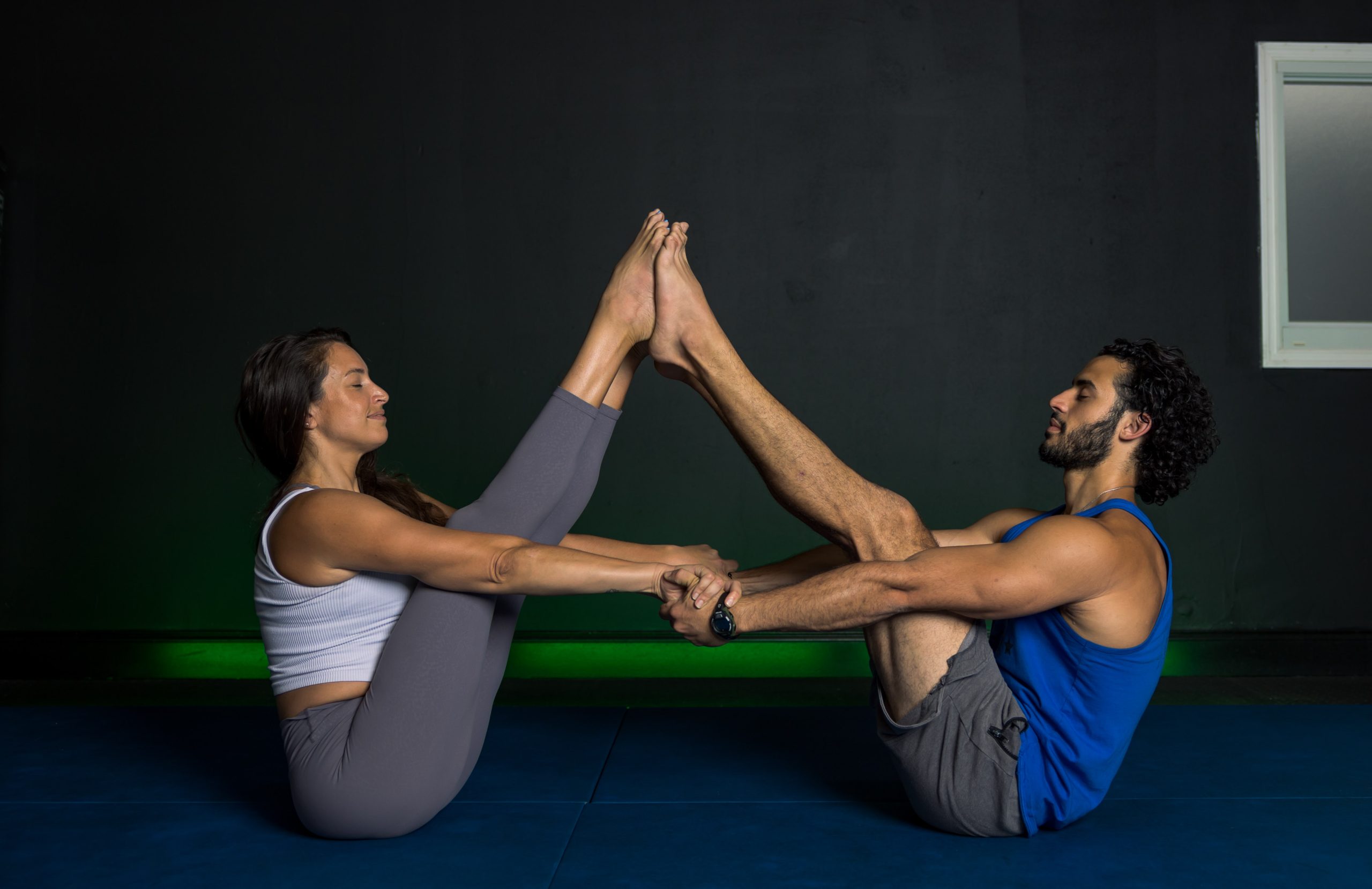
The Relaxation Response
The magic of yoga lies in its ability to evoke the body’s relaxation response through controlled and mindful breathing.
This response is a counterbalance to the stress-induced ‘fight or flight’ reaction, characterized by a decrease in heart rate, blood pressure, and stress hormone levels. [2]
Engaging in yogic breathing techniques calms the nervous system, paving the way for a serene state of being.
Practical Tips
Try slow, deep breathing exercises, such as Anulom Vilom (Alternate Nostril Breathing), before bedtime or during moments of stress to trigger your body’s natural relaxation response.
How to Do Anulom Vilom Pranayama:
- Find a Comfortable Seat: Sit in a comfortable position with your spine straight. You can use a cushion or a chair to ensure comfort, especially if you plan to practice for several minutes.
- Position Your Hand: With your right hand, fold your index and middle fingers into your palm, keeping your thumb, ring, and little finger extended.
- Seal the Right Nostril: Press your right thumb against your right nostril to close it.
- Breathe in Through the Left Nostril: Take a slow, deep breath through your left nostril, fully expanding your lungs.
- Switch Nostrils: Close your left nostril with your ring and little finger, releasing the thumb from your right nostril.
- Exhale Through the Right Nostril: Slowly and fully breathe out through your right nostril.
- Inhale Through the Right Nostril: Keeping the left nostril closed, take a deep breath in through the right nostril.
- Switch Nostrils Again: Close your right nostril with your thumb, releasing the ring and little fingers from your left nostril.
- Exhale Through the Left Nostril: Exhale slowly and fully through your left nostril.

Improved Respiratory System
Yoga doesn’t just work on the superficial level of breathing; it enhances the entire respiratory system.
From the expansive movements of the diaphragm to the efficient functioning of the air sacs within the lungs, yoga ensures a comprehensive workout for your respiratory organs. [3]
This is especially beneficial for individuals dealing with asthma, chronic bronchitis, and other respiratory ailments.
Practical Tips
Incorporate poses that open up the chest, like Bhujangasana (Cobra Pose) and Ustrasana (Camel Pose), to improve breathing and aid respiratory health.
How to Do Bhujangasana:
- Start Position: Start by lying face down, legs straight out behind you, with the tops of your feet flat against the mat. Place your hands flat on the ground under your shoulders, elbows close to your body.
- Prepare to Lift: Engage your lower back, buttocks, and thighs as you prepare to lift your chest. Keep your pubic bone pressed down into the mat to protect your lower back.
- Lift Into Cobra: Inhale and gently lift your chest off the floor by straightening your arms. The lift should originate from the strength in your back rather than pushing with your hands. Keep your elbows slightly bent and hugged to your sides.
- Open the Chest: Draw your shoulders back and down, opening your chest forward and up. Lift through the crown of your head but avoid craning your neck. Your gaze should be straight ahead or slightly upwards, without straining the neck.
- Hold the Pose: Hold the position for 15 to 30 seconds, breathing smoothly and deeply. Focus on opening your chest with each inhale and deepening the backbend with each exhale, without forcing.
- Release: Exhale and gently lower your chest back down to the floor. Relax your body flat on the mat before preparing for another round or moving to the next pose.
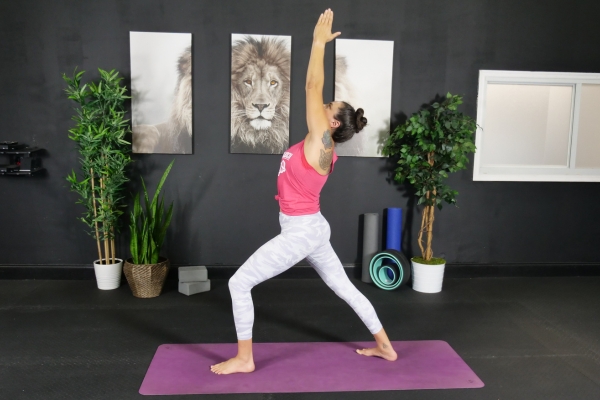
Oxygen Efficiency
Deep, rhythmic breathing in yoga optimizes oxygen exchange at the cellular level, revitalizing our cells and, by extension, our entire body.
Enhanced oxygen efficiency has been linked to improved cognitive functions, mood elevation, and overall cellular health. [4]
It’s a testament to yoga’s holistic approach to wellness, targeting not just the physical but also the mental and emotional aspects of our being.
Practical Tips
Engage in meditation and mindfulness practices alongside your physical yoga routine to maximize oxygen uptake and improve focus and mental clarity.
To establish a basic meditation practice that complements your yoga routine and enhances focus, mental clarity, and oxygen uptake, follow these streamlined steps:
- Choose a Quiet Spot: Select a peaceful place where you won’t be disturbed.
- Create a Comfortable Seat: Use a cushion, chair, or yoga mat to sit comfortably with your spine straight.
- Adopt a Sitting Position: Sit with crossed legs on the floor or with feet flat on a chair, hands resting gently on your lap or knees.
- Close Your Eyes: This minimizes external distractions and turns your focus inward.
- Observe Your Breath: Pay attention to the natural rhythm of your breath without altering it, focusing on the air entering and exiting your nostrils or the movement of your chest or abdomen.
- Select a Focus Point: If needed, concentrate on a mantra, a visual object, or a part of your body to maintain focus.
- Be Present and Practice Mindfulness: Stay in the moment, gently bringing your focus back whenever your mind wanders, without self-criticism.
- Gently Conclude: After 5-10 minutes, slowly open your eyes and gradually become aware of your surroundings.
- Express Gratitude: Take a brief moment to feel grateful for your practice.
- Consistent Practice: Aim for daily sessions at the same time each day, starting with short periods and gradually increasing.
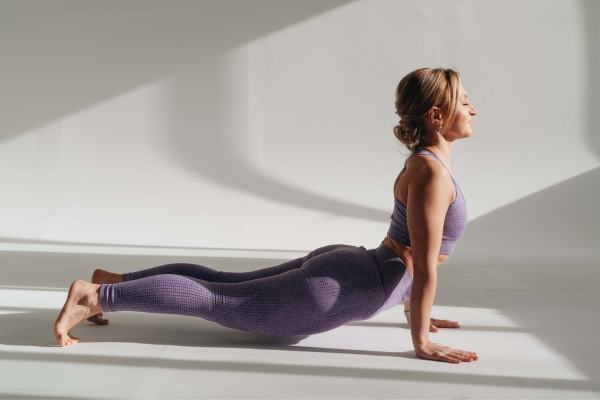
The Intangible Dance
Yoga is a dance of energy, a fluid connection between breath and movement.
Each inhalation and exhalation in yoga is a step towards deeper self-awareness and a more profound connection with the universe.
It’s a journey that transcends the physical, touching the essence of our existence.
As we roll out our yoga mats and embark on this journey, let’s remember to breathe with intention, letting our breath guide each movement and pose.
It’s in this conscious union of breath and body that we discover the true magic of yoga, a practice that nourishes not just our physical selves but our inner essence.
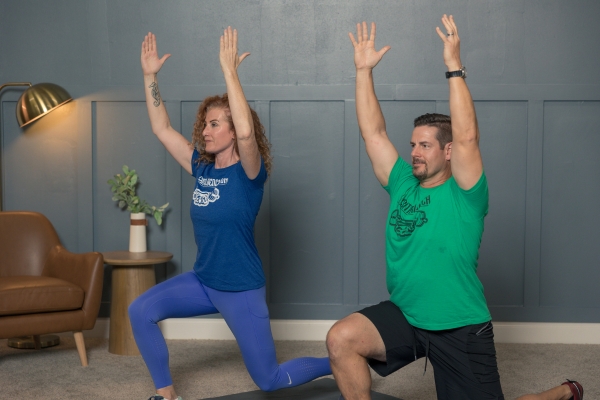
Wrap-Up and Key Points
The science behind yoga and improved breathing reveals a fascinating intersection between ancient wisdom and modern research.
As we delve deeper into the practice, we unlock the boundless potential within us, fueled by the simple, life-affirming act of breathing.
So, let’s breathe our way to better health, one yoga pose at a time, and embrace the transformative power of this timeless practice.
References
- Vieira DS, Mendes LP, Elmiro NS, Velloso M, Britto RR, Parreira VF. Breathing exercises: influence on breathing patterns and thoracoabdominal motion in healthy subjects. Braz J Phys Ther. 2014 Nov-Dec;18(6):544-52. doi: 10.1590/bjpt-rbf.2014.0048. PMID: 25590447; PMCID: PMC4311599.
- Deepeshwar S, Budhi RB. Slow yoga breathing improves mental load in working memory performance and cardiac activity among yoga practitioners. Front Psychol. 2022 Sep 14;13:968858. doi: 10.3389/fpsyg.2022.968858. PMID: 36186291; PMCID: PMC9516310.
- Yamamoto-Morimoto K, Horibe S, Takao R, Anami K. Positive Effects of Yoga on Physical and Respiratory Functions in Healthy Inactive Middle-Aged People. Int J Yoga. 2019 Jan-Apr;12(1):62-67. doi: 10.4103/ijoy.IJOY_10_18. PMID: 30692785; PMCID: PMC6329219.
- Gomez-Pinilla F, Hillman C. The influence of exercise on cognitive abilities. Compr Physiol. 2013 Jan;3(1):403-28. doi: 10.1002/cphy.c110063. PMID: 23720292; PMCID: PMC3951958.

